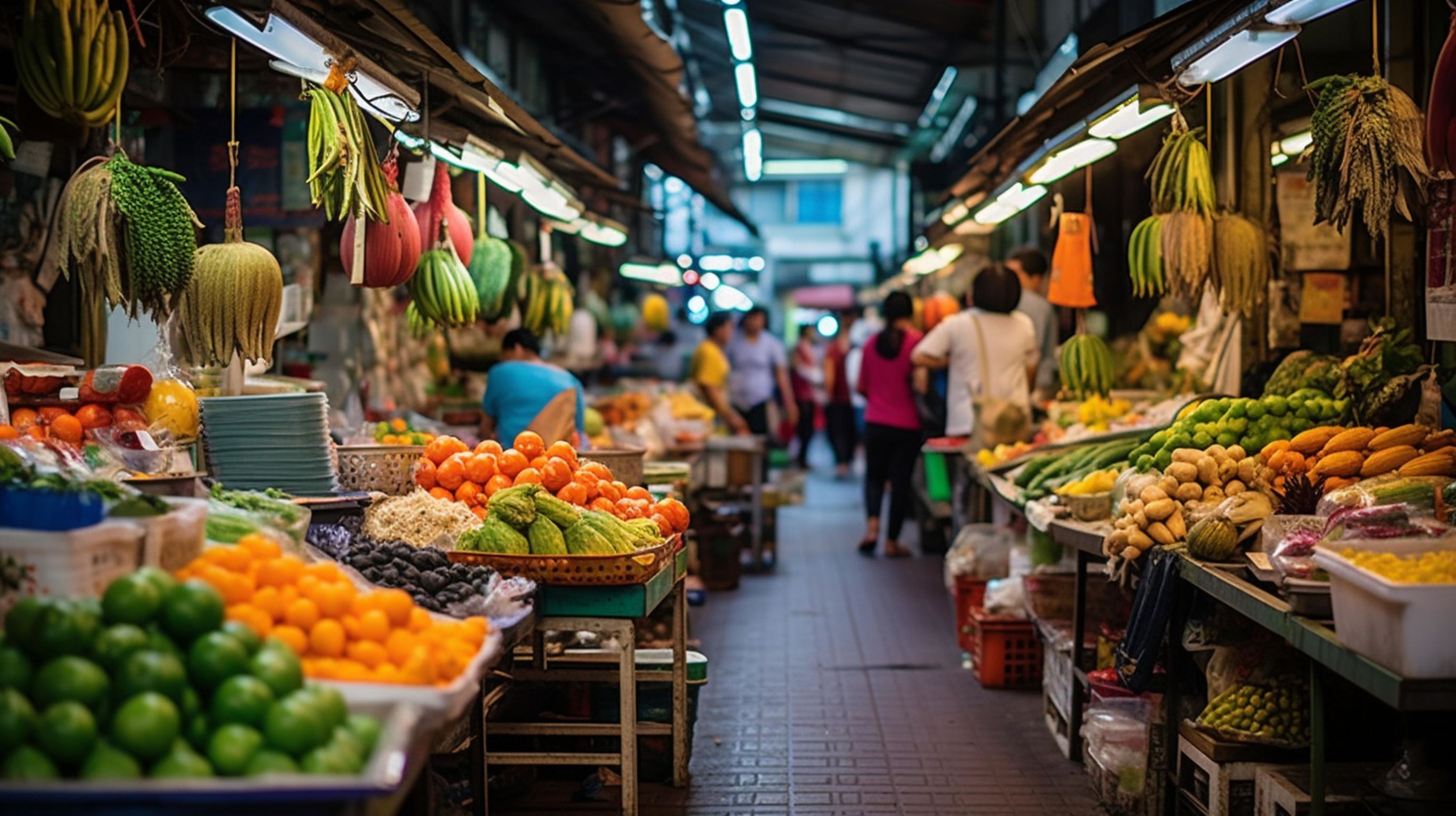
Farhana Roslan
Head of the Research Team
Farhana currently heads the Research Team at PNBRI. Her research interests include the political economy, particularly the intersection of business and government, as well as labour market institutions in market economies. Farhana spent seven years in investment research before pivoting into public policy, with stints in the federal government and the United Nations Development Program. She holds a Bachelor of Science in Accounting and Finance from the London School of Economics and a Master of Public Policy from the John F. Kennedy School of Government, Harvard University.
[email protected]
Anis Farhana Amran
Research Associate
Anis is a Research Associate at PNBRI. Her research interests lie in education equity and gender inequalities, particularly how structural barriers intersect to shape access to opportunity. She is especially interested in how these dynamics influence education-to-labour market transitions and broader questions of inclusive development. She holds a BA in Philosophy, Politics and Economics from the University of Southampton. Anis aspires to contribute towards a Malaysia that nurtures and uplifts diverse talents, paving the way for all to realise their potential.
[email protected]Abstract
Self-sufficiency means the ability of a country to produce enough food for domestic needs, without needing to buy or import additional food for its people. Traditionally, this concept played a crucial role in measuring food security. But does self-sufficiency alone guarantee food security? This thought-provoking article argues that it doesn't and challenges its centrality in modern food security discourse. It explores the historical context and current policies focusing on self-sufficiency and argues for a broader understanding of food security beyond production-centric indicators.
Malaysia, being a net food importer, heavily relies on Self-Sufficiency Levels (SSL), predominantly for rice. The article calls for a shift in perspective away from an exclusive focus on rice production and towards a multidimensional approach to food security for Malaysia, encompassing availability, access, utilisation, and stability.
Introduction
The recent announcement of a 36% increase in imported rice stock in Malaysia has again renewed pressure on the country to aim for 100% rice self-sufficiency level and eliminate reliance on imports. Malaysia is currently between 60% and 70% self-sufficient in rice. This is not a new concept; self-sufficiency in a handful of basic food commodities – mainly rice – has long been Malaysia’s primary food security strategy. The self-sufficiency level (“SSL”) has been the key headline indicator of food security and is used on almost all food policy platforms, including the government’s flagship policy document on food, the National Agrofood Policy 2021-2030 (“NAP 2.0”).
However, it is important to remember that food availability is only one dimension of food security. Access to food, food utilisation, and stability of food supply (FAO, 2016), are three more dimensions that are equally significant. While the SSL has served as a simple and useful indicator for policy design and public understanding, this article aims to (i) summarize key justifications for an increasingly prevailing argument against Malaysia’s singular policy focus on the SSL and (ii) recommend looking as deeply into three other dimensions that defines food security, as recommended by the FAO, supported by outcomes-based indicators, such as the Global Hunger Index (“GHI”) and Global Food Security Index (“GFSI”).
What is Self Sufficiency?
‘Self-sufficiency’ is the extent to which the supply of agricultural commodities in the country meets the domestic needs of the country, which is why the concept makes sense in the context of food security as a nation. Becoming “self-sufficient” – that is, the ability to locally supply as much food as it is demanded – has long been considered the policy imperative for food security. Self-sufficiency is captured by the SSL, also interchangeably known as the self-sufficiency ratio (“SSR”).
By holding net imports constant, higher production can translate into higher SSL. This indicates lower dependency on imported produce compared to local produce, reducing the risk of supply shocks caused by external factors such as unfavourable foreign exchange or export bans from source countries. Consequently, a high SSL is thought to indicate a high level of food security.
An SSL level of 100% means perfect self-sufficiency, where a country would produce enough to supply for the whole nation’s demand. Theoretically, this has been assumed to be an indicator to eliminate any uncertainty in securing access to an adequate supply of food, especially during unprecedented times of heightened risks of food insecurity.
Is Malaysia Food Secure?
Broadly speaking, Malaysia can be considered as only mildly food insecure, ranking 41st out of 113 countries in the Global Food Security Index (GFSI) 2022, especially when compared to Yemen and Haiti, the two countries found at the bottom of the list unsurprisingly due to violence, extreme poverty, and political turmoil.
